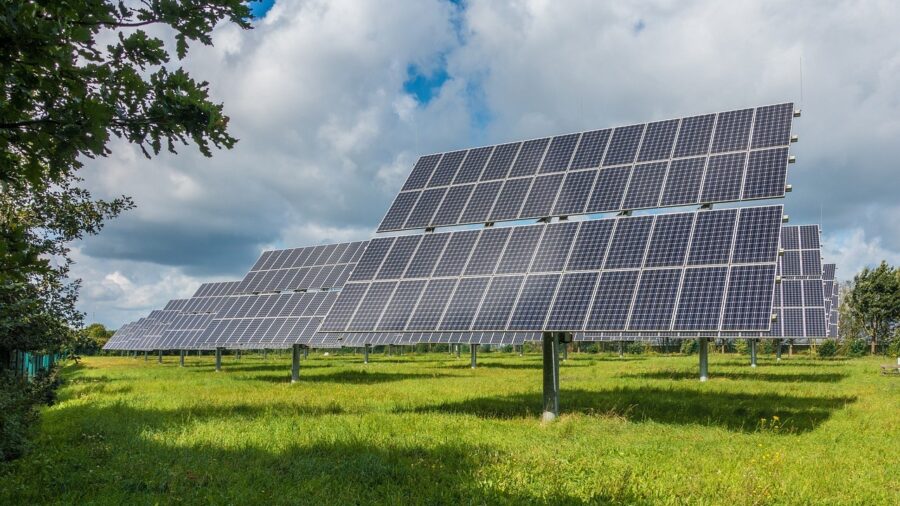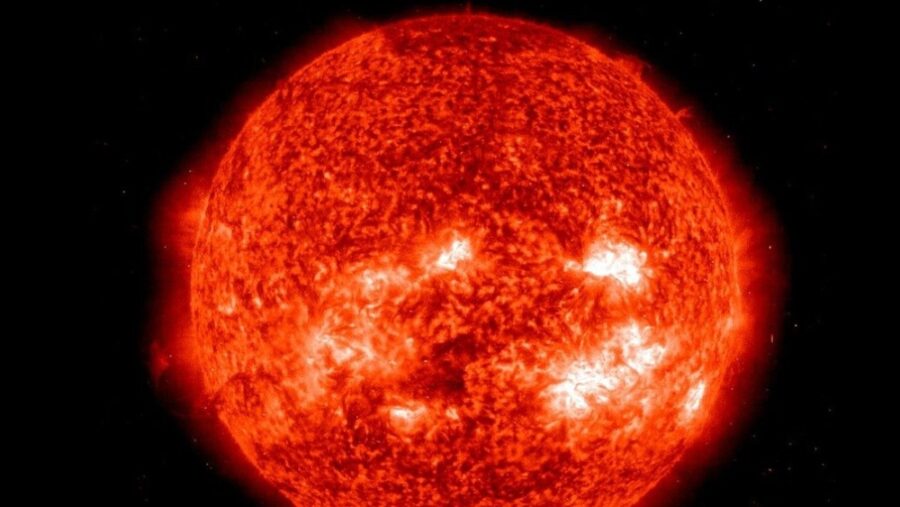Solar Power Reaches Tipping Point That Could Change The Future

Bell Industries developed the first photovoltaic (PV) cell capable of converting sunlight into usable electricity in 1954. However, the efficiency of such cells was only around 6 percent, and they weren’t really financially viable, so the public briefly pushed for nuclear energy as a means of generating clean, fossil fuel-free electricity. Now, after several nuclear catastrophes and technological advancements, solar power is on its way to becoming the world’s main source of energy.
Uk researchers say solar power is on the way to becoming the world’s chief source of energy.
According to Science Alert, UK researchers have put together three models to track the events in technology and economy, and the resulting simulations suggest that solar power is on its way to becoming the world’s main source of clean, fossil fuel-free energy by the middle of this century.
That’s without further government incentives, such as carbon tax, rebates on grid delivery, and so on. It will simply become the most economically viable form of generating electricity for commercial and domestic use.
Modern PV cells are much more efficient; most solar panels typically have efficiency ranges between 15 percent and 20 percent, though some models can be as efficient as 50 percent.
This isn’t all that surprising, considering that solar power has been building momentum for years. Sure, the original PV cell manufactured by Bell Industries was only 6 percent efficient, but Greenpeace and other eco-activists’ anti-nuclear stances pushed researchers into finding and developing alternative solutions for the more economical and cleaner generation of electricity.
Modern PV cells are much more efficient; most solar panels typically have efficiency ranges between 15 percent and 20 percent, though some models can be as efficient as 50 percent.
The numbers are in favor of solar as well. The initial investment might be pricey, but the cost of generating clean electricity for years to come is practically zero. Solar energy has been the cheapest renewable form of energy in more than 60 countries since 2016, and by 2020, solar energy officially became the cheapest electricity in history—less expensive than both coal and gas in most major countries.
Solar power is set to replace fossil fuels, and it might become responsible for 56 percent of electricity production worldwide.

If the costs associated with equipment and installation keep dropping at the current rate, solar power might significantly undercut all other energy alternatives within the next two decades.
Fossil fuels currently produce the majority of global electricity, but if the current trend for solar continues, the percentage of electricity produced by burning fossil fuels will drop from 60 percent to a mere 21 percent, which is a step in the right direction if you’re concerned about carbon emissions.
Solar power is set to replace fossil fuels, and it might become responsible for 56 percent of electricity production worldwide. This number might even become higher if the efficiency of technology increases in the coming decades.
But what about locations that don’t get much sunlight over the year? Well, solar power has some inherent downsides, most of which are tied to conditions necessary for power generation, which is why solar power can’t be 100 percent effective.
Areas that don’t get enough sunlight to make solar power viable can still generate their power with nuclear. While we believe that solar energy has its place in a greener and cleaner world, we shouldn’t disregard nuclear power. We strongly suggest checking out Oliver Stone‘s most recent documentary.











